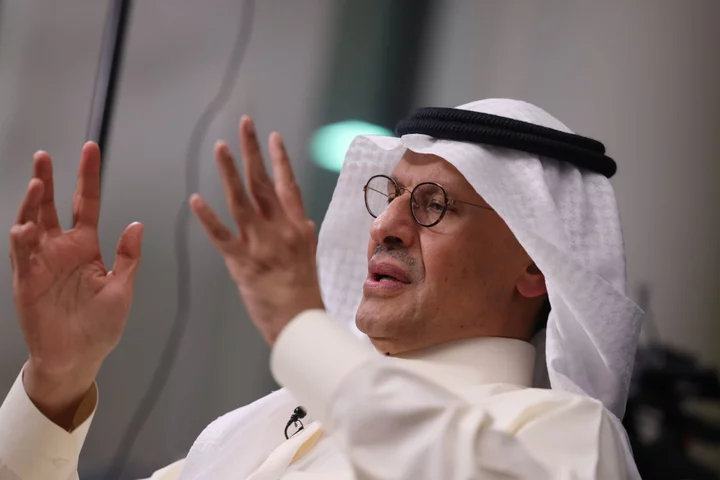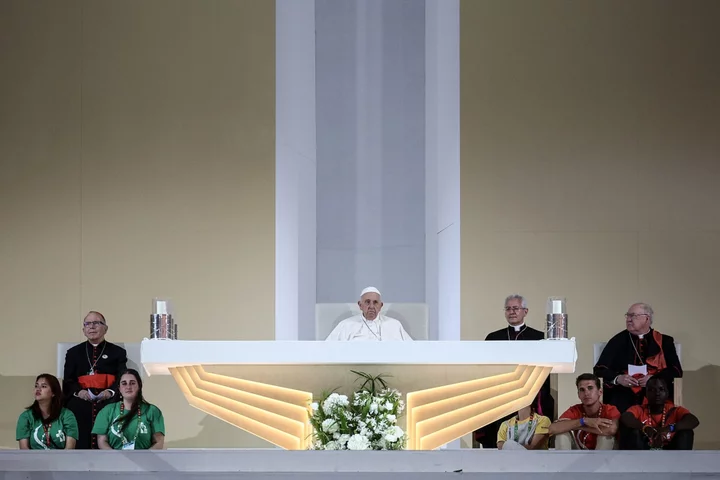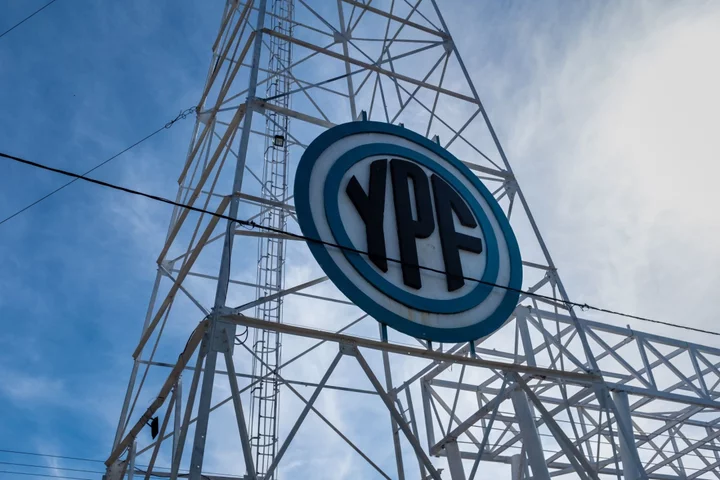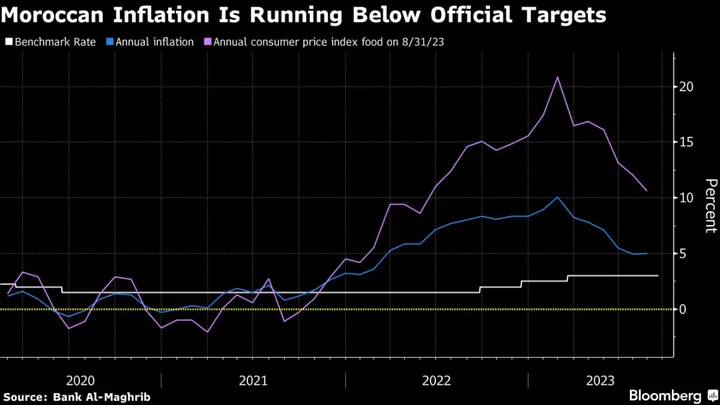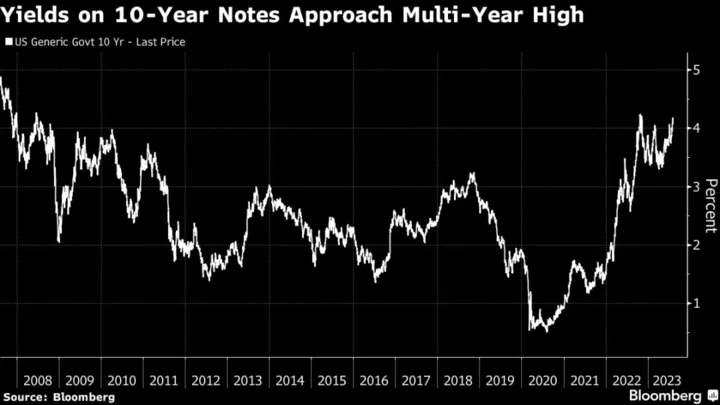OPEC and its allies need to monitor not only production of the organization’s member countries but also their exports, according to Igor Sechin, head of Russian oil giant Rosneft PJSC.
Some nations in the Organization of Petroleum Exporting Countries send as much as 90% of their output abroad, using other types of fuel for domestic consumption, said Sechin, a key ally of President Vladimir Putin and formerly a critic of Russia’s cooperation with the oil alliance.
For Russia, the share of crude exports in production is just 50%, Sechin said at a panel session of the St. Petersburg International Economic Forum on Saturday.
This “puts our country at a disadvantage given the current monitoring mechanism” in OPEC+, he said. “It seems appropriate to consider monitoring not only the production quotas, but also the oil exports, taking into account different sizes of domestic markets.”
Sechin’s call comes as Russian-oil watchers remain doubtful of Moscow’s commitment to voluntary production cuts.
Read More: How Midnight OPEC Dealmaking Won Gulf Unity at Africa’s Expense
Russia was the first OPEC+ nation to announce crude output cuts earlier this year, aiming to bolster demand for its oil amid Western sanctions, including fuel price caps. Moscow pledged to cut its output by 500,000 barrels a day from February and maintain that level through 2024.
However, the Russian government has made the nation’s oil production data classified, making it difficult to assess the progress of the cuts beyond assurances from energy officials. While Deputy Prime Minister Alexander Novak on numerous occasions said Russia had achieved the pledged output level in spring, the nation’s seaborne exports, a key gauge of production levels, have remained robust.
Earlier this month, OPEC secondary sources revised the Russian output baseline to 9.949 million barrels a day. The upward revision makes it easier for Russia to stick to production curbs amid scrutiny and calls for greater data transparency.
Finding Consensus
It’s getting more difficult for OPEC to reach consensus because of different economic structures and diverging output trends in the member states, according to Sechin.
“The Middle Eastern OPEC countries are increasing their production and diversifying their economies, developing the non-oil sector,” Sechin said. “The African OPEC nations are steadily decreasing output, losing their share on the global oil market,” he said.
The OPEC+ consensus nearly proved elusive at the ministerial meeting in Vienna two weeks ago, when underproducing African countries refused to hand over some of their unused output quotas to the United Arab Emirates.
After a series of tense late-night negotiations and hours of back-and-forth talks just before the official OPEC+ meeting, a deal was reached with a sweetener from Saudi Arabia, which promised its own unilateral cut of 1 million barrels per day for at least one month.

